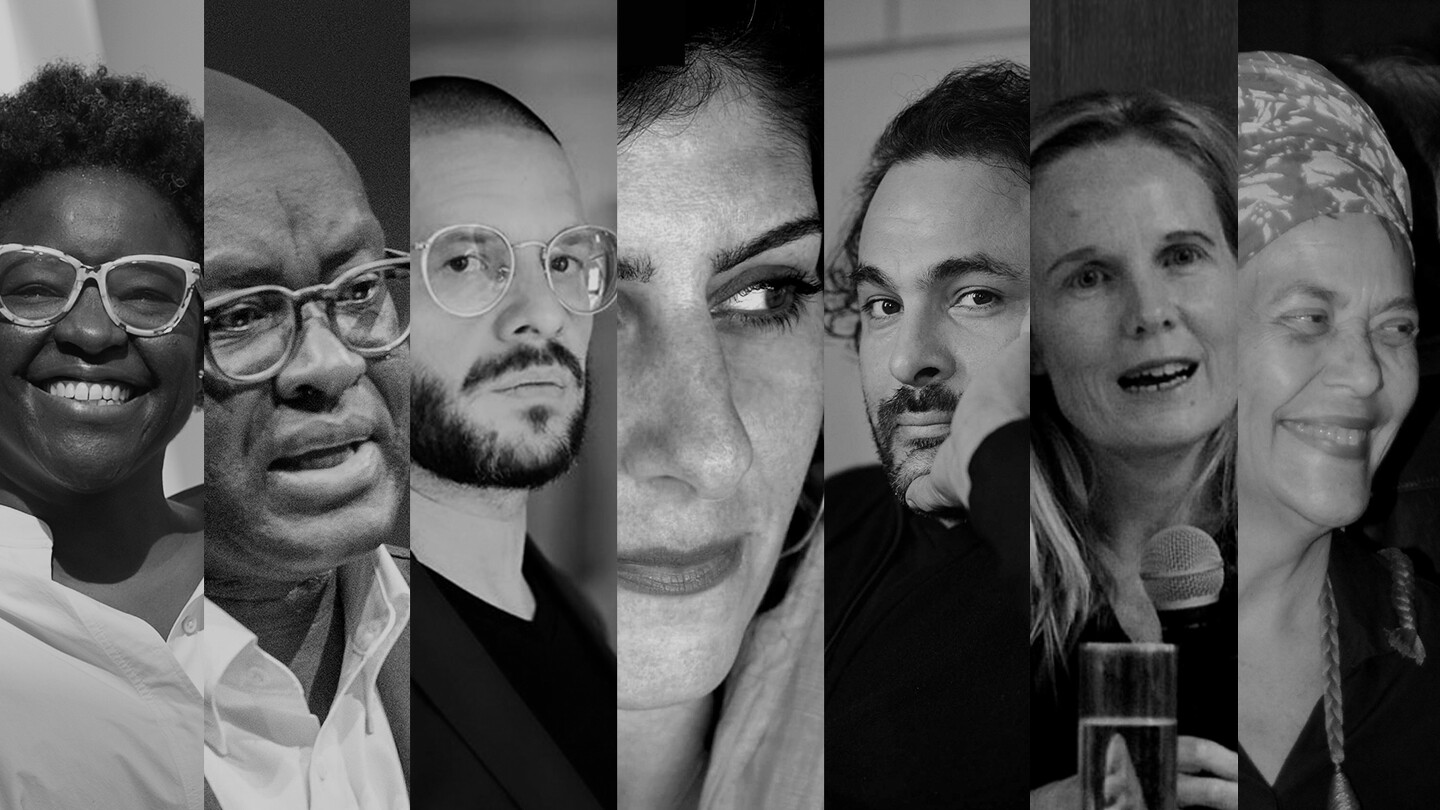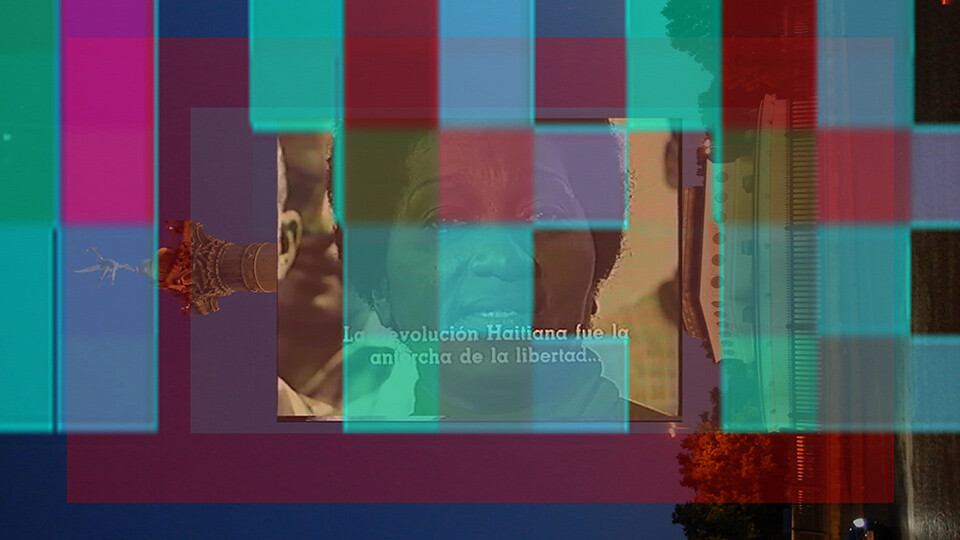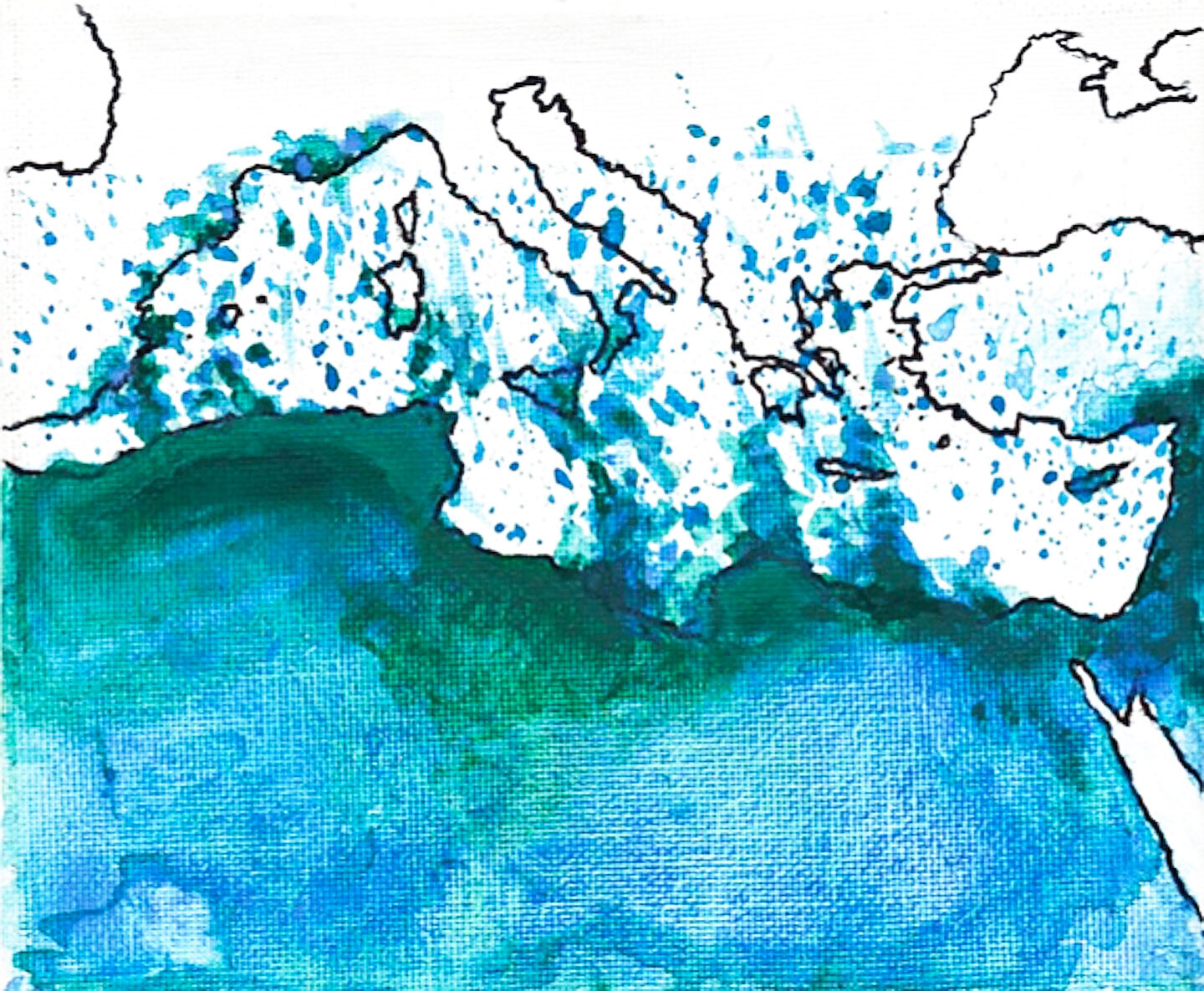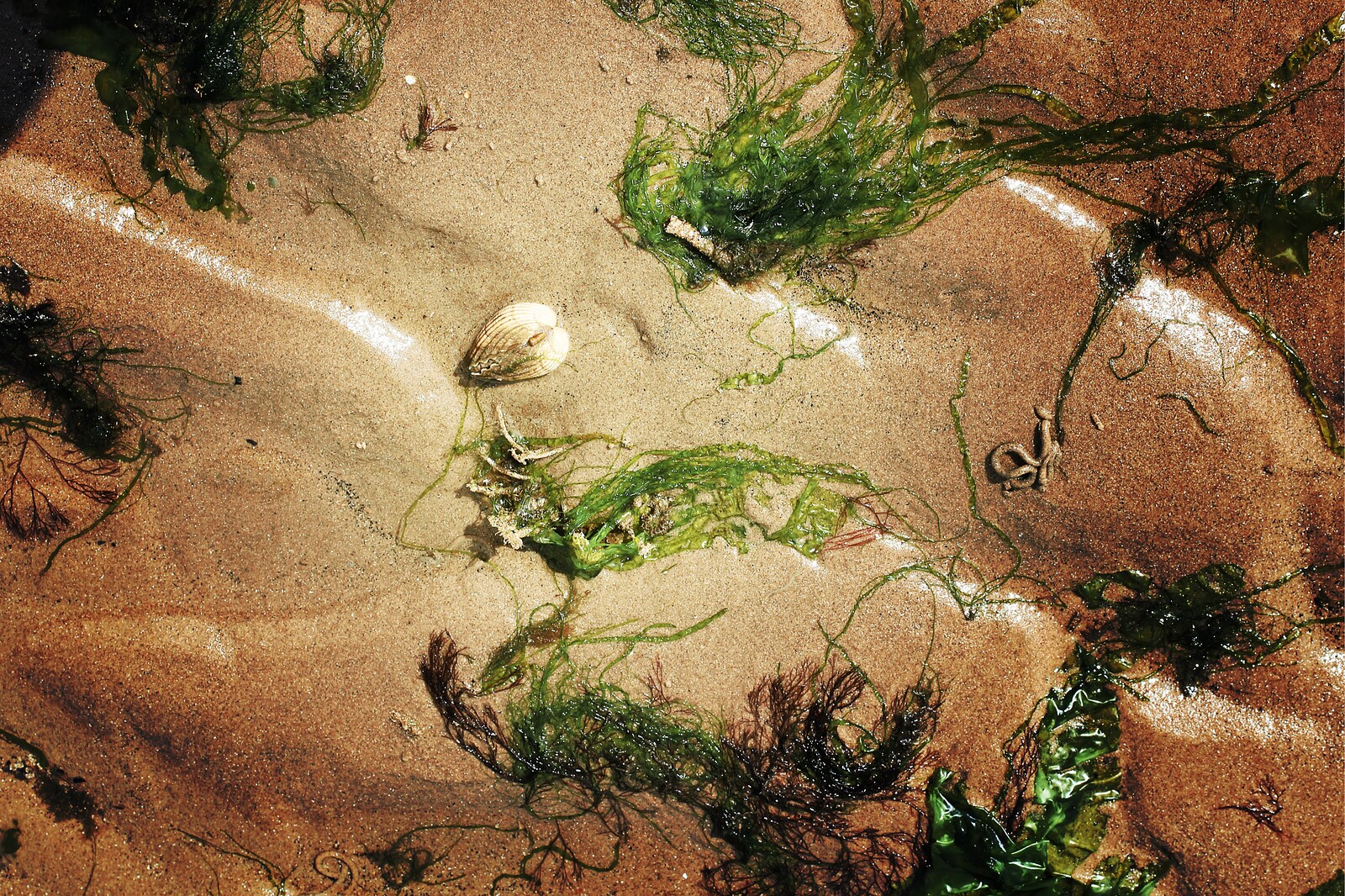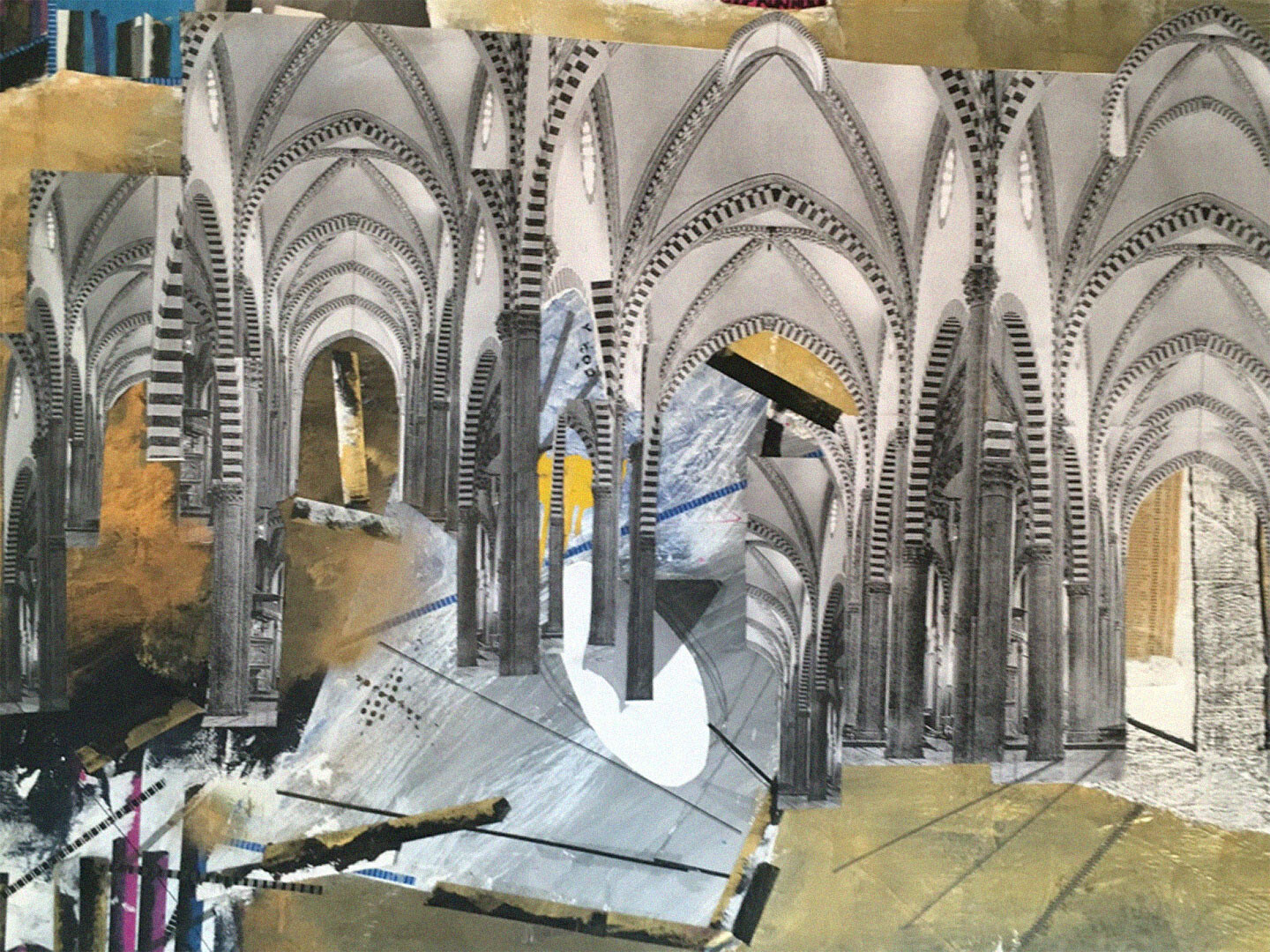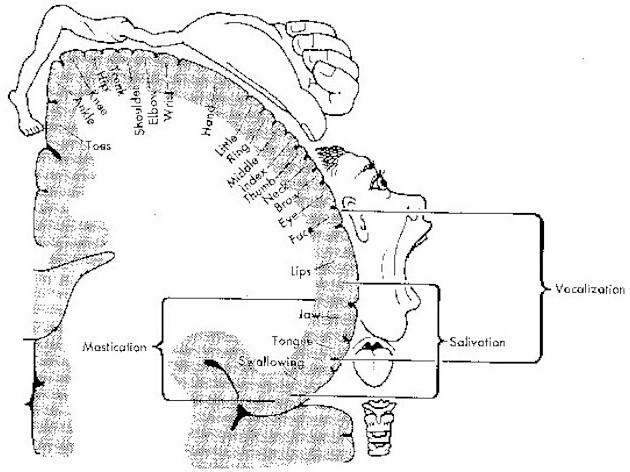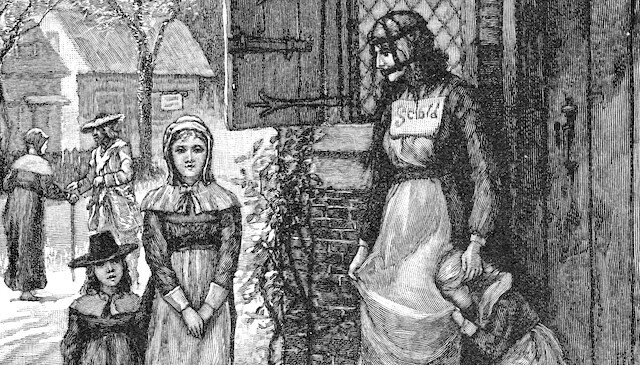Black Code/Code Noir
By keeping track of something that is no longer there, or that never was, maps constitute a contemplative experience of death. In visualizing migrant fatalities as a numerical hemorrhage, they also develop a distinct aesthetic of necropolitics. Such maps, in fact, make viewers understand that immobility and death produce their own movement and geography, since time takes its material toll by corroding and eroding the texture from which maps of death are made, transforming them into mutable and perishable organisms. Visually, immobility affects the architecture of the map as well, in the sense that the viral lines of the maps appearing in the news, usually depicting the alleged invasion of foreign people, now transform into points—death points as opposed to fluxes of life. This corroded, numerical, and dotted choreography uncovers an inhuman, unjust, but nonetheless real geography of necropower that would otherwise remain buried under the seabed.
But what does vulnerability actually mean? Is it being able to acknowledge a state of pain or insecurity, embracing the feeling of coming undone? I feel that it’s something I’ve tried to hide from others and from myself. At the cost of headaches, a bloated stomach, the inability to articulate a sentence. A mental-physical feeling of paralysis. I now suspect that people spend a lot of time and effort hiding in this way. Could I overcome my terror of falling apart if I allowed myself to rely on others, on you? Or should I be a “cruel optimist” and create hopeful and positive attachments, in full awareness that they will not work out?
Nashin Mahtani
Kiki de Mouilpied Sancto

